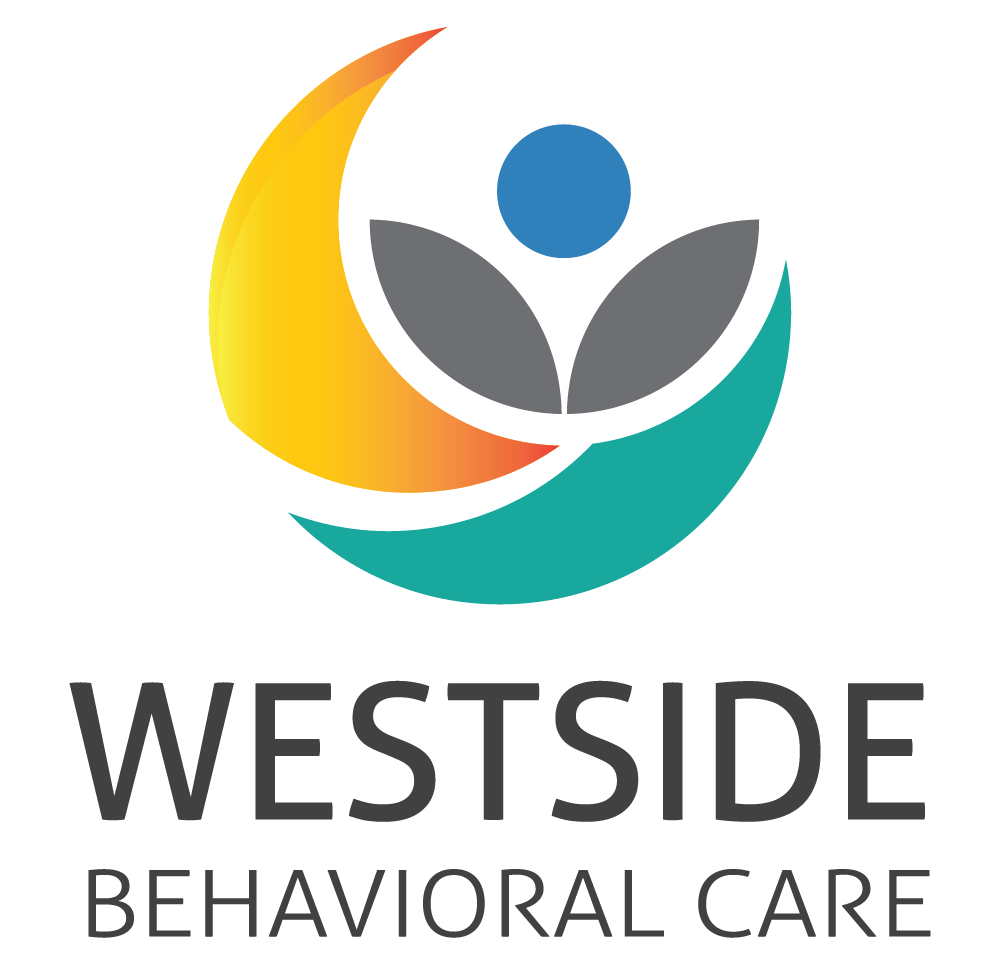
 Biofeedback therapy is a form of treatment that is used to help patients suffering from attention deficit disorder (ADD), depression, anxiety, addiction, and other conditions by controlling involuntary mental processes which may be contributing to these problems.
Biofeedback therapy is a form of treatment that is used to help patients suffering from attention deficit disorder (ADD), depression, anxiety, addiction, and other conditions by controlling involuntary mental processes which may be contributing to these problems.
Through biofeedback, patients may learn to control their heart rate, blood pressure, brain waves, and other such involuntary processes.
Biofeedback also is used to help patients deal with stress, tension headaches, high blood pressure, and chronic pain.
How does biofeedback work?
Biofeedback therapy works by using electrodes or sensors that monitor such things as brain activity, blood pressure, and heart rate. The readings taken by these sensors are projected on a computer screen, sound graph (or other monitor) to help patients experience how these functions change and can be modified by learning.
As the patient learns to relax and to change (via biofeedback) the targeted internal activity, he or she will begin to observe that heart rate gradually slows down to normal, or tension headaches start to relax, or elevated levels of blood pressure begin to come back to normal levels, or the degree of chronic pain begins to decrease.
Biofeedback therapy is a highly valued form of therapy because it is painless and does not involve any drugs.


